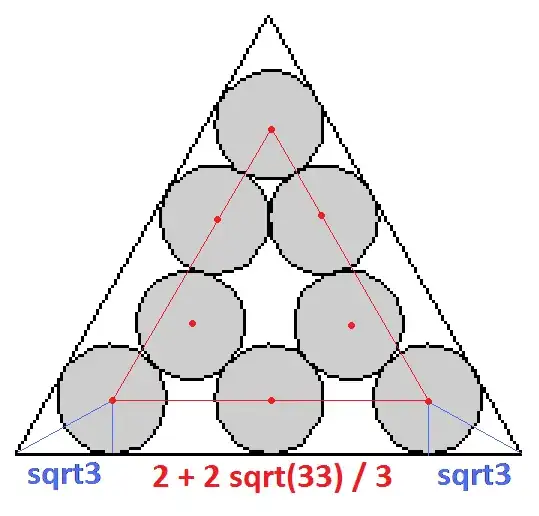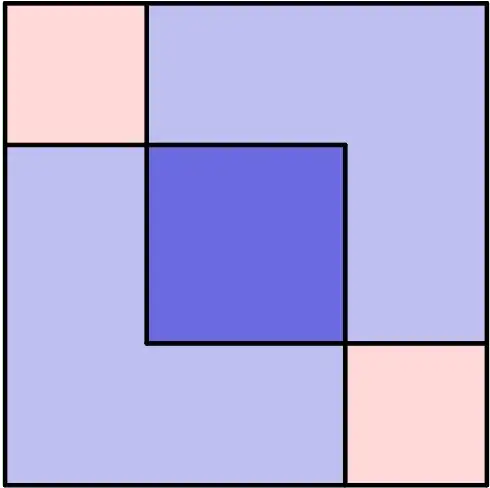What is the most unusual proof you know that $\sqrt{2}$ is irrational?
Here is my favorite:
Theorem: $\sqrt{2}$ is irrational.
Proof: $3^2-2\cdot 2^2 = 1$.
(That's it)
That is a corollary of this result:
Theorem: If $n$ is a positive integer and there are positive integers $x$ and $y$ such that $x^2-ny^2 = 1$, then $\sqrt{n}$ is irrational.
The proof is in two parts, each of which has a one line proof.
Part 1:
Lemma: If $x^2-ny^2 = 1$, then there are arbitrarily large integers $u$ and $v$ such that $u^2-nv^2 = 1$.
Proof of part 1:
Apply the identity $(x^2+ny^2)^2-n(2xy)^2 =(x^2-ny^2)^2 $ as many times as needed.
Part 2:
Lemma: If $x^2-ny^2 = 1$ and $\sqrt{n} = \frac{a}{b}$ then $x < b$.
Proof of part 2:
$1 = x^2-ny^2 = x^2-\frac{a^2}{b^2}y^2 = \frac{x^2b^2-y^2a^2}{b^2} $ or $b^2 = x^2b^2-y^2a^2 = (xb-ya)(xb+ya) \ge xb+ya > xb $ so $x < b$.
These two parts are contradictory, so $\sqrt{n}$ must be irrational.
Two things to note about this proof.
First, this does not need Lagrange's theorem that for every non-square positive integer $n$ there are positive integers $x$ and $y$ such that $x^2-ny^2 = 1$.
Second, the key property of positive integers needed is that if $n > 0$ then $n \ge 1$.

